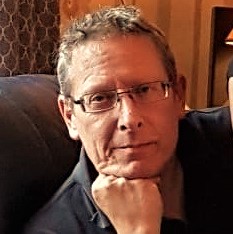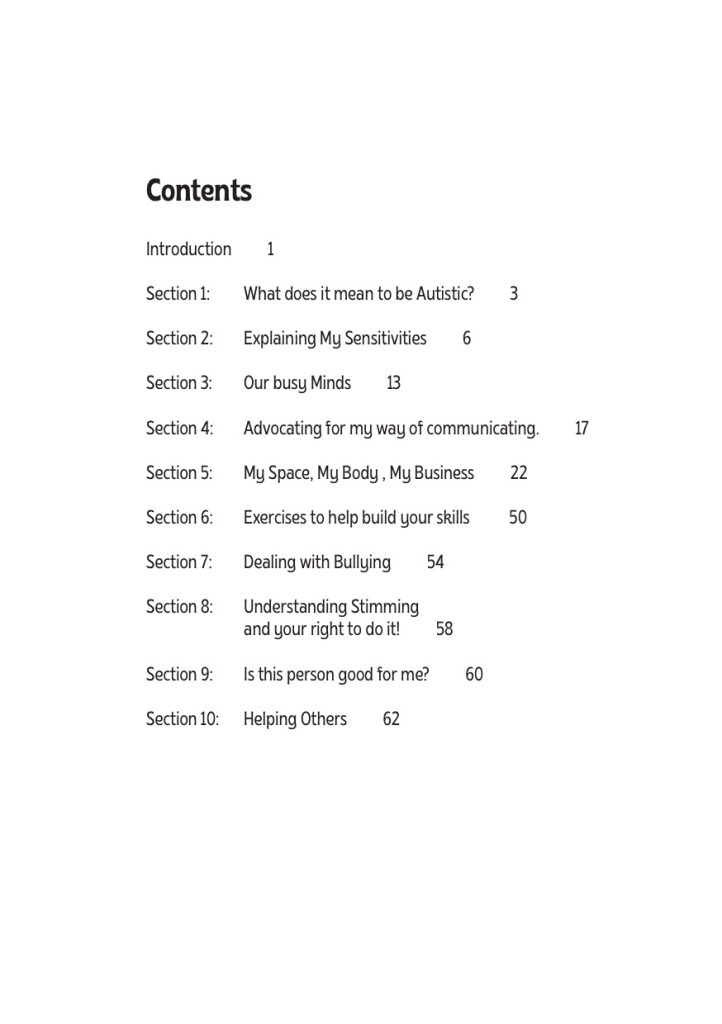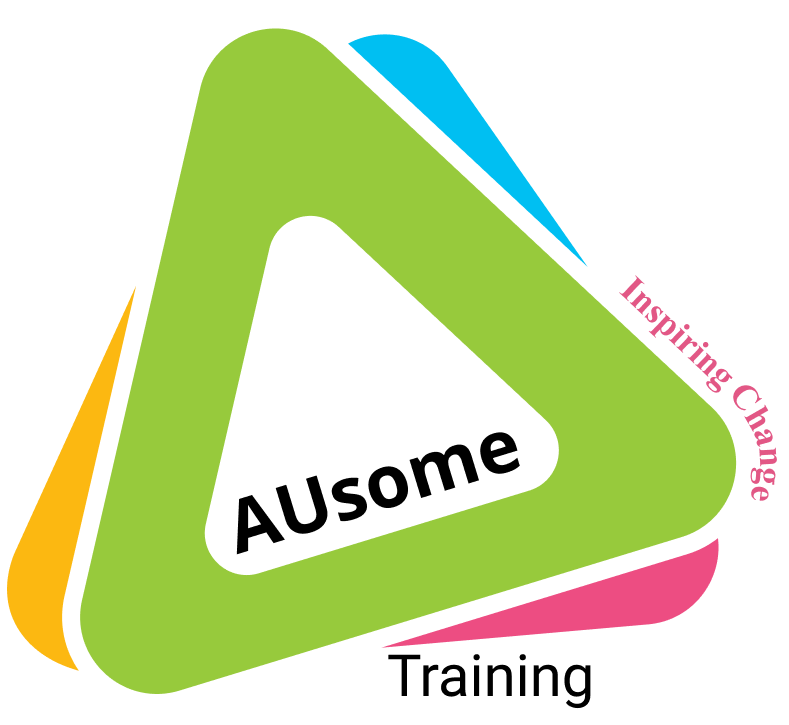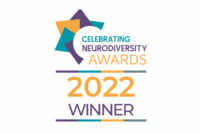Our latest in a series of books for Autistic kids and teens covers consent, autonomy, personal space, bullying, and power play. Stiof MacAmhalghaidh read “Standing Up for Myself” and here is their lovely review of it.
Disclosure bit: I’ve worked with and for Evaleen in the past, and I get a lovely mention in the dedication. Anyone who knows me at all, however, will attest that that stands for nothing when it comes to sharing an opinion. If it is problematic, I’ll bloody say it. And, of course, I’m not getting paid for this.

Right, down to business. ‘Standing Up For Myself’ by Evaleen Whelton is a 66-page softcover book “for Neurodivergent kids and teens” aimed at 9-15 year olds. It follows an earlier series of three books (Konnect) aimed at a similar, though younger, audience.
The book is separated into ten sections and is designed to guide young people to think about and explore “boundaries, personal space, consent, power play and standing up for themselves.”
In this, it is not unique. However a review of the titles of those sections (yes we are only on the contents page!) is enough to make this book stand out. Some examples:
“Section 1 – What does it mean to be Autistic?”
– not ‘what is autism’ or ‘what does “autistic” mean’… this is not about a bunch of diagnostic criteria or ‘traits’ but about a way of being, and the very first page sets a tone that is consistent to the last page:
“Autistics are human beings who are really sensitive. We notice lots of things in the world around us. We often notice important things about other people. We feel things very deeply and we care about lots of things. We often notice and care about things that other people do not even notice. And we think a lot! We can really really care about learning or collecting things. We are very passionate people!”
Now, as a definition of what ‘being Autistic’ is, that is as comprehensive and succinct as it gets. Also, ‘we, we, we, we we.’ Imagine 12 year old you reading that.
Now think about every paper, article, video, book, post, blog, tv feature in existence that starts by defining ‘autism spectrum disorder’ with reference to the ‘triad of impairments.’
The contrast is thunderous. This is the essence of liberation from bonds of shame and ‘disorder’ for every young reader.
I’ve lingered on this first page because it defines the rules, the permissions, the possibilities for the rest of the book, and by extension for life.

Some more section titles in this empowering book for Autistic kids and teens:
“Section 4 – Advocating for my way of communicating”
“Section 5 – My Space, My Body, My Business”
“Section 8 – Understanding stimming and your right to do it!”
“Section 9 – Is this person good for me?”
The Autistic person is the centre of this universe and assumed to have and be entitled to agency. Throughout, Autistic experiences are framed as ‘we’ and ‘our’ and ‘us,’ a use of language that is overtly ‘insider’… Evaleen is very deliberately ‘writing the book younger me needed’ and the sense of a shared journey, of wisdom from experience, and the open invitation to readers to make the exploration their own is just glorious to see.

Ev’s decades of experience as an educator shine through in the book, with succinct discussions followed again and again with spaces where readers are encouraged to write or draw examples from their own experience:
“Can you think of times someone misinterpreted you?”
“How do other people make you feel about yourself?”
“can you think of other ways we can set healthy boundaries online?”
This is not prescriptive but enabling. This is about empowering individuals who likely experience constant disempowerment, devoicing, deligitimization… and it is wonderful.
Honestly, I actually think this book would even be of some use for late-identified adult Autistics to assist in the very important ‘reassess my past’ stage of exploring their new-found sense of self.
To sum up, I’ll quote my own whispered words upon reading just the first page “thank you Ev. you nailed it.”
You can find out more about this empowering book for Autistic kids and teens here

You can find our other books for Autistic kids and teens here




